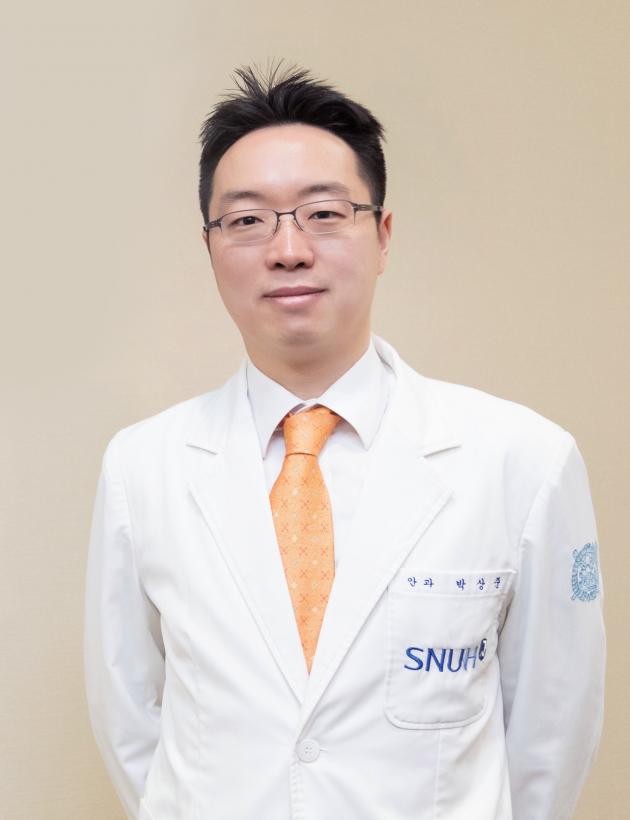Researchers at Seoul National University Bundang Hospital (SNUBH) said Tuesday that they have developed an algorithm that can tell age and gender with retinal fundus images.
Retinal fundus photography is an imaging of the internal structure of eyeballs through the pupil. Ophthalmologists observe the image to identify and confirm the related disease. The use of retinal imaging is limited as the information about the presence of disorder, and its size and location sorely depend on the physician’s visual observation.
The research team, led by Professor Park Sang-jun of the Department of Ophthalmology, analyzed the information contained in the retinal fundus photographs by using a deep learning algorithm and suggested a new possibility of use by predicting physical information such as age and gender.

It designed the algorithm to analyze age and gender just with photos by using 41,220 retinal fundus photographs accumulated at the Health Screening Center at the hospital.
The researchers prepared the samples to make accurate predictions regardless of underlying diseases, including patients with diabetes and high blood pressure and smoking habits, who are most likely to have diseases in the eye, as well as ordinary people.
As a result, the deep learning algorithm answered the actual age with an error of 3.1 years on average, regardless of gender. It also showed high predictive performance with an average error of below 3.6 years, even in the case of people with diabetes or hypertension.
The algorithm showed higher accuracy under the age of 60, and the average error did not exceed 2.9 years overall. Also, it showed 96 percent correctness in differentiating gender by analyzing the image.
The research team confirmed that the algorithm did not show a big difference in predicting age, even when the subject had an underlying disease.
The study shows that there is a characteristic difference between changes in the eye due to underlying diseases such as diabetes, hypertension, and aging.
Subsequent studies may be able to develop an algorithm that can detect eye disorders and diseases and conditions of the whole body, as the currently developed one can distinguish subtle differences in predicting ages.
“Retinal fundus test is a quick, inexpensive, and simple test without radiation exposure. If the algorithm in this study can be further developed to diagnose the condition of the whole body via retinal fundus photograph, it will help to reduce patients’ economic and physical burden,” Professor Park said.

